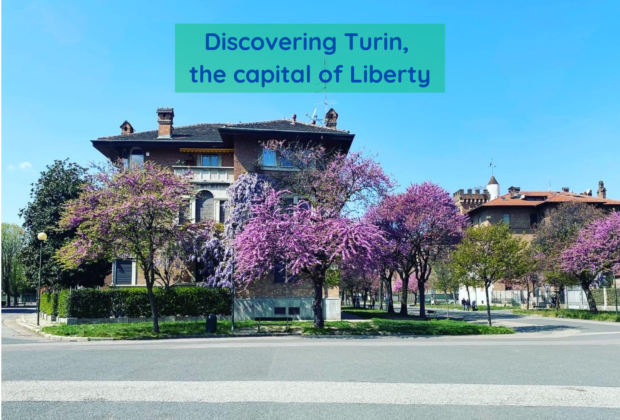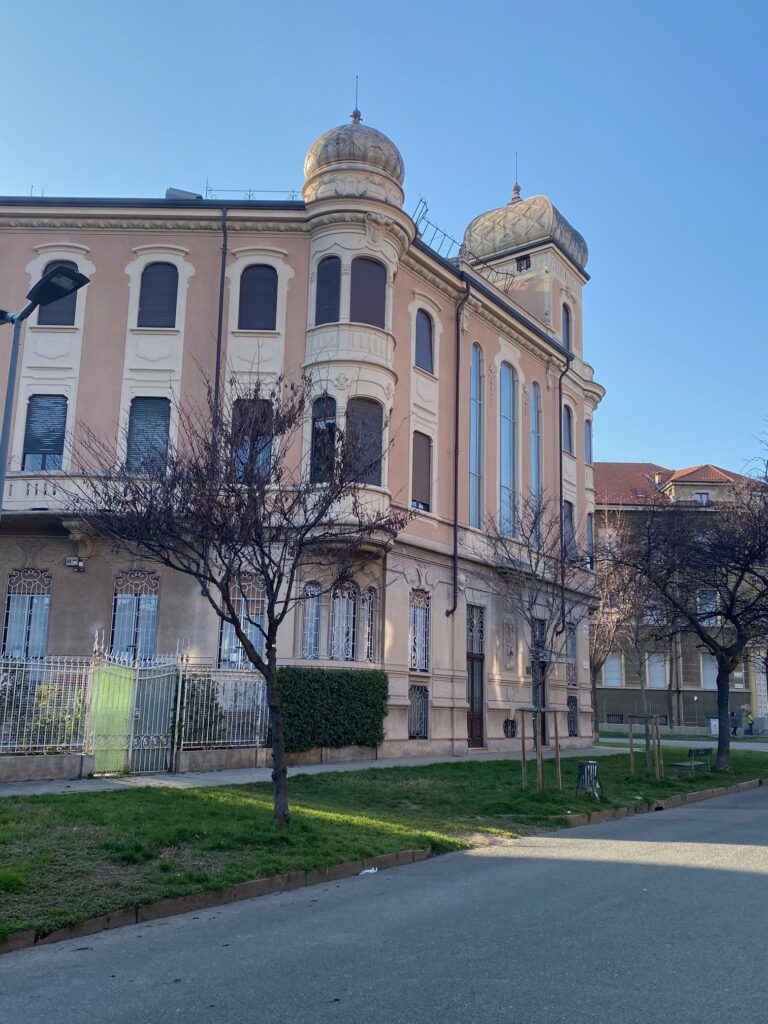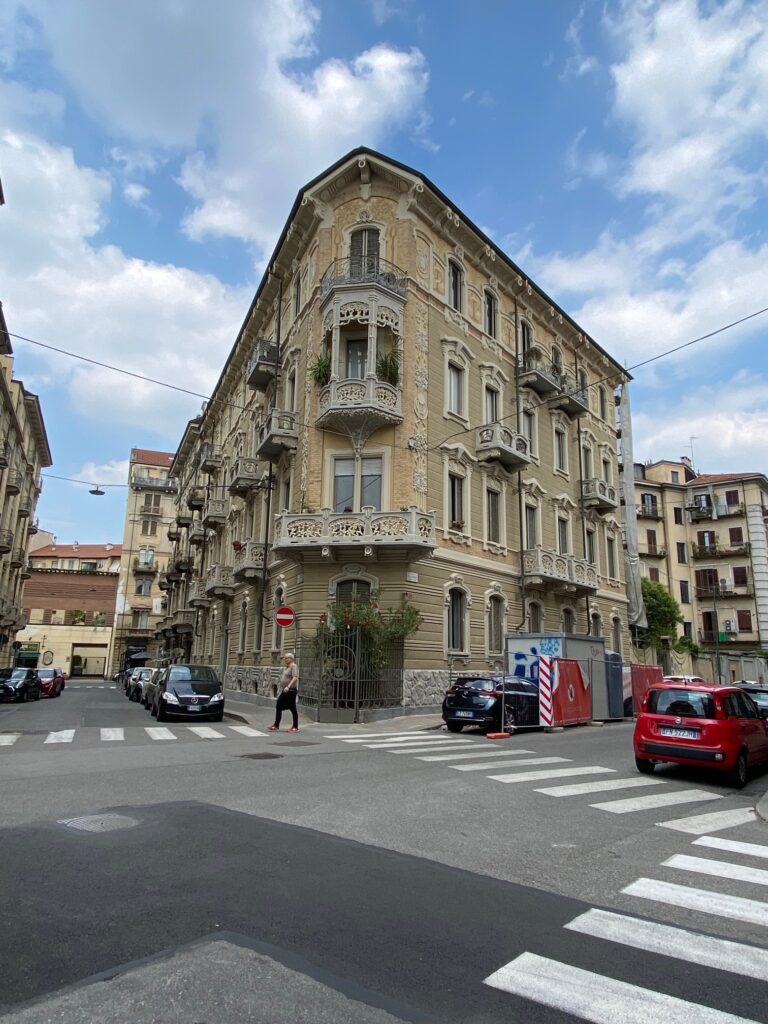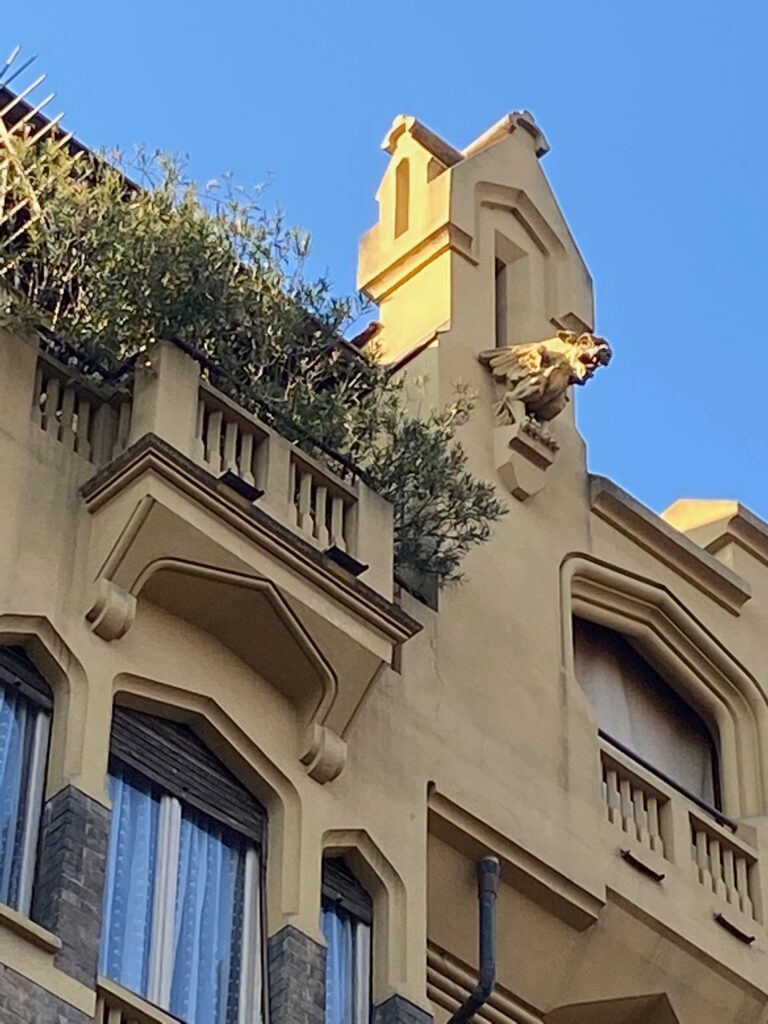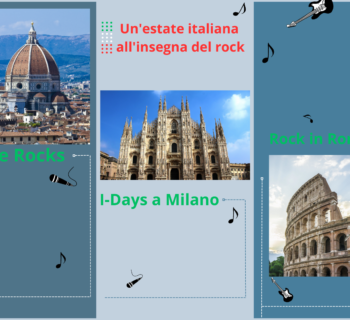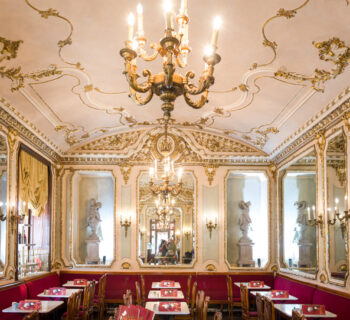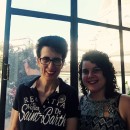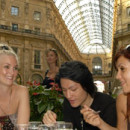Not everyone knows that Turin is the Italian capital of the Art Nouveau style, known as Liberty in Italy and that it was recently nominated to be recognised as such by UNESCO. Thanks to the International Exhibition of Modern Decorative Art held in Turin in 1902, what was then called Floral Style became popular among the burgeoning middle classes of the time.
The new style involved numerous artistic disciplines, but mainly applied arts and architecture. In Turin, the latter was strongly influenced by the Parisian and Belgian schools, making the Savoy city one of the best examples of the expression of this art movement. So, as you walk through the city, you may easily come across buildings with rich floral decorations or pretty and colourful stained-glass windows, especially in the Cit Turin and Crocetta areas.
Architect Pietro Fenoglio (1865-1927), considered one of the foremost pioneers of Liberty, worked in Turin. His most interesting building is Casa Fenoglio-Lafleur, located in Corso Francia at the intersection with Via Principi d'Acaja. The building, initially intended by Fenoglio as his home, was actually sold soon after completion to a French entrepreneur named Lafleur. After his death, his heirs granted its use to a philanthropic organisation. It is now the location of professional offices and private homes.
Another magnificent example of the Liberty style, also designed by the great Pietro Fenoglio, is located in the town of Collegno: the Leumann Village, commissioned at the end of the nineteenth century by Swiss entrepreneur Napoleon Leumann for the workers of his cotton mill. The village features a historical station (the Turin – Rivoli), the Church of Santa Elisabetta, well known for its eclectic style, the old primary school and many other historic buildings. All you need is a quick walk to take a dip in the past.
Another masterpiece by Pietro Fenoglio, Villa Scott, is located near Turin’s hills, in Corso Giovanni Lanza 57. It was built in 1902 at the behest of Alfonso Scott, at the time CEO of Rapid, a car company of the time. After Scott's death, the house first became the residence of the Sisters of the Redemption and was later called Villa Fatima and used as a girls’ boarding school. At the beginning of the new millennium, the villa was bought by private individuals and restored to its original splendour. As a private residence, it is unfortunately not open to visitors.
Villa Scott is best known as the location of the film Profondo Rosso by the master of Italian horror Dario Argento. Rumour has it that, at the time of filming, the building still housed the girls’ boarding school run by the Sisters of the Redemption and that the film’s production team sent all the nuns and girls on holiday to Rimini at its own expense.
Another wonderful Art Nouveau building is in Corso Francia 23, in the Cit Turin area. Palazzo della Vittoria, also known as Casa dei Draghi (the House of Dragons) or Casa Carrera, is a fascinating combination of French Neo Gothic and Turin’s Liberty styles. The building was commissioned by Giovanbattista Carrera to celebrate Italy’s victory in the First World War. It was built by engineer Gottardo Gussoni and completed in 1922. The House of Dragons, named for the two winged dragons on either side of the entrance door, is built on five floors and richly decorated with details in the two architectural styles. The two-winged dragons were intended to be an allegory of the power and importance of post-World War Italy. The dragon theme recurs in several decorations both outside and inside the house.
Moving to the Crocetta area, in Corso Montevecchio 50, there is Casa Maffei, another Art Nouveau building named after the important stockbroker who commissioned it. It was built between 1904 and 1906 and is based on a design by engineer Antonio Vandone di Cortemiglia (1863-1937). Despite the traditional architectural layout of the building, the wrought iron decorations of the balconies and refined bas-relief frieze by the sculptor Giovanni Battista Alloati (1878-1864), allegorically representing the stages of life as times of the day, are certainly noteworthy.
Lovers of Art Nouveau and good food alike will enjoy a trip to the Colle della Maddalena, about twenty minutes by car from the centre. After a walk through the Parco della Rimembranza, you can have lunch or just an ice cream or an aperitif at Bric. This restaurant was established in the early twentieth century and has been run by the Trucchi family since the 1950s. Over the years, they have turned it into a jewel. In addition to the excellent food, in this restaurant you can experience the atmosphere of the early twentieth century: its beautiful rooms in floral style, in fact, house original works of art and a fabulous collection of vases in liberty style.
For an experience of total immersion in Turin’s Liberty, come and learn Italian in our school, which is located within Casa Buzzani, designed by Pietro Fenoglio in 1897.
Discover everything Turin has to offer:
- Turin is at the heart of the Italian Art Nouveau Week
- The secret beauty of Borgo Campidoglio in Turin
- Turin the Italian capital of chocolate
- The three capitals of Italy
- Let's visit Turin with our precious guide tour Vera
Scuola Leonardo da Vinci Turin
The welcoming friendly atmosphere of our school will make you feel at home and you can relax with your classmates in the small gardens of the adjacent pedestrian area.
Latest posts by Scuola Leonardo da Vinci Turin (see all)
- The 4+1 unmissable suggestions for Christmas shopping in Turin - December 17, 2025
- What is the difference between the Carabinieri and the Police? - November 26, 2025
- 5+1 scenic spots in Turin with the Scuola Leonardo - October 15, 2025


